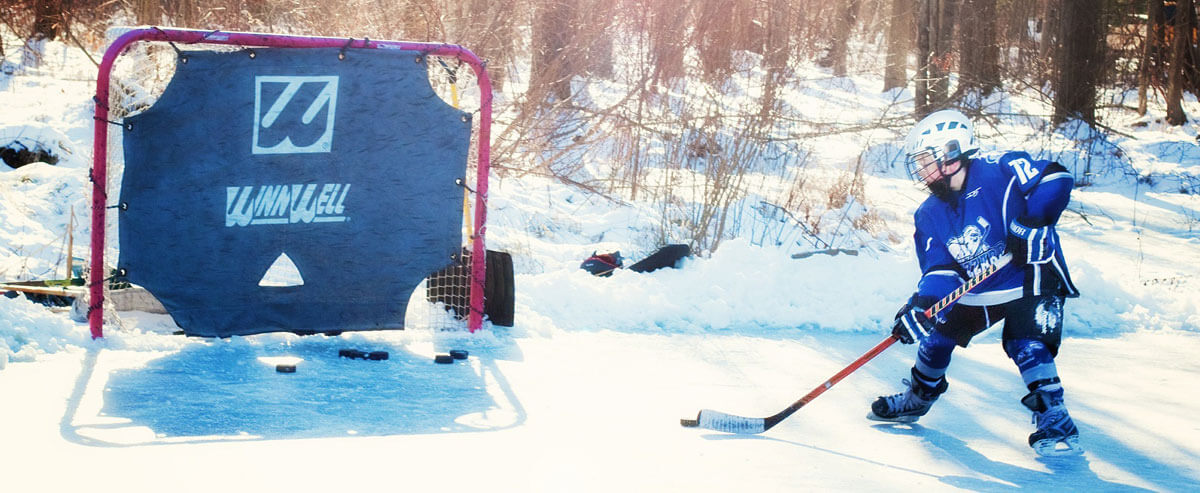Play Hard – Play Safe
Not all injuries can be prevented. It is possible, though, to modify injury risk factors; therefore, helping to reduce injury severity, duration and frequency. This educational article promotes measures that we encourage here at Advance Concussion Clinic (ACC) that aim to limit injury risk; by playing smarter and training correctly.
Let’s look at two popular sports, from which we see many athletes within the clinic at ACC. Here we will highlight some risks, common errors, teaching points, and techniques that help reduce injury risk and encourage optimal playing time.

Hockey Risks and Solutions
Risk: Repeated head injuries – We regularly see minor hockey athletes reporting with contact injuries that can disrupt not only athletic participation, but also school.
Solution: Skating with head up, wear properly fitting equipment, using your hands to absorb hits and break falls. Being evaluated, treated and cleared by concussion specialists before returning to play is very important in reducing the risk of the potentially catastrophic Second – Impact Syndrome (SIS); which is when further brain injury occurs that compounds an initial brain injury that has not fully healed.
Risk: Receiving multiple successive hits from different directions – Hockey players will report to us that heavy contact to the body (checking) can elicit symptoms the same ways that a direct head hit can.
Solution: When anticipating contact, brace yourself, engage muscles, and keep a solid center of gravity. Also, when out wide, and preparing for contact, stay tight to the boards, and not receive two hits (one from opponent and then forcefully hitting the boards/glass).
Risk: Old, poor fitting/quality equipment – As part of our Athletic Therapy intake at ACC; knowing what type and condition of equipment an athlete uses gives us vital information about potential mechanism of injury and subsequently helps us to educate regarding injury prevention for all of our athletes.
Solution: Use reputable equipment that is third party tested and certified by the Canadian Standards Association (CSA) and Hockey Equipment Certification Council (HECC).
Risk: Returning to play before recovering fully from injury – At ACC, you will be fully confident that you are ready to return to play given our detailed, specific and graded training protocol. In fact, our goal is for you to be a more rounded athlete by the time you get back to your field of play.
Solution: Undergoing a graduated exertion protocol based on many outcome measures such as heart rate, strength, speed, limb range of motion, reaction time, balance, cognition, and concussion specific measures such as ocular-motor and vestibular system performance. Ideally, it is paramount that baselines in these performance parameters are acquired. This helps to compare normative data scores that are individual specific.

Soccer Risks and Solutions
Risk: Head Injuries, from repeated heading of ball, elbowing, whiplash, hitting head off surfaces (no protective equipment worn in soccer).
Solution: Wear a soft, cushioning headband. Develop strong neck muscles, maintain pain free range of motion. Use arms protect yourself, learn how to fall, roll, and distribute weight. Good trainers, coaches will train the right movement patterns, dynamic balance, core control and sports specific functions
Putting It All Together
It should be also noted that participating in a diverse array of activities and sports, from a young age, can help build a greater range of motor skills. Specializing too early in one particular sport lowers the ceiling of potential skill development. At ACC, we voraciously research what works best for different population groups, and are excited about how we can implement the best evidence based practices.
We now know that kids, for example, should be encouraged to broaden they’re skills, develop dexterity in movement and function; learn how to take hits, to fall elegantly, to get back up. This in turn, can give them greater diversity and transferable skills that translate to performance outcomes such as reaction time, dynamic balance, fine motor skills, speed, range of motion, proprioception and sport specifics. We encourage you to really maximise your abilities, and to most importantly, have fun while you are at it!
Get personalized advice and treatment
Let us tailor an individualized prevention plan for your child today.

